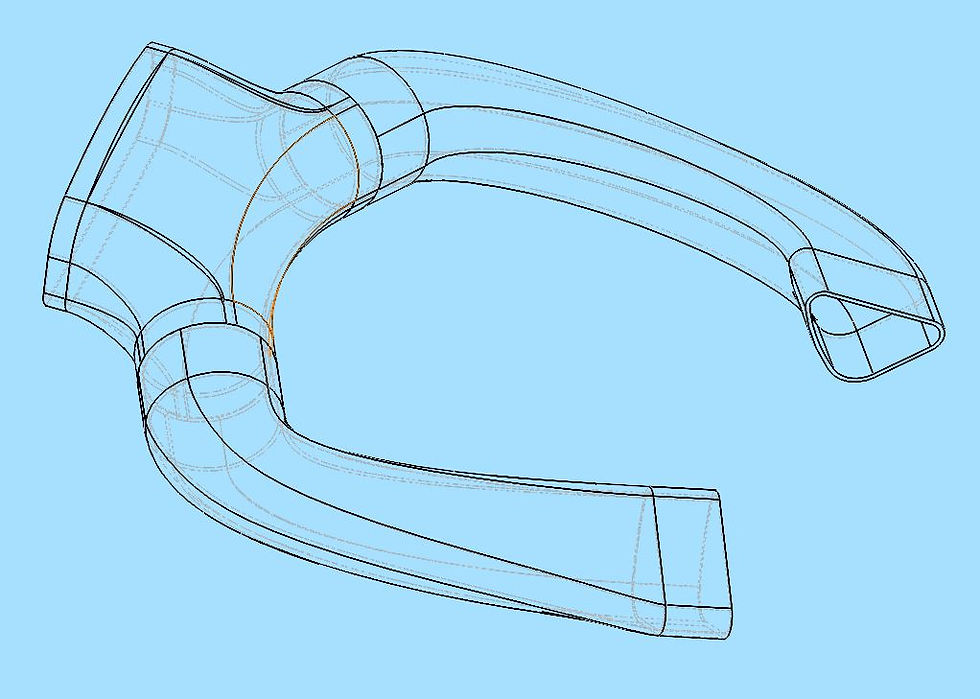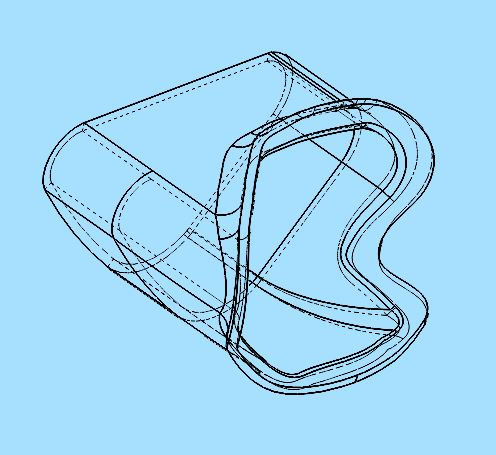2017+ SV650 Ram Air
- Matt Spicer
- Jan 12, 2021
- 2 min read
The 2020 Season in MotoAmerica has come and gone. So has the usefulness of some of the team developments from the season. The intake we ran on the race bikes is one of those projects I had considered about making tooling to build out parts from prepreg fiberglass. We have had interest from others in purchasing the system which we will probably never produce again.
With the 2021 season, we aren't planning to continue development with the #SV650 to the extent we did in the past and move to other platforms.
I guess it can all be summed up to say this just a part that requires a significant amount of time and more niche than even most of the products we offer, which are also niche. I'll try to summarize below about the design as it changed as the season went on and with the condensed #MotoAmerica schedule there wasn't enough time available for me to ever complete the tooling and we ran 3d printed parts for the entire season.
I'm considering putting the files out there for open-source non-commercial use and wanted to see what interest was out there for the use of the design by others... I'm not positive, watch #Thingiverse or #Grabcad it might pop up like other parts.

The front of the intake attached to #Hotbodies 2017+ Race bodywork and the ducting fed air into an enclosed pan that seals to the underside of the tank with the throttle bodies below.
Producing it as I did with PETG on a large FDM printer took about 57 hours per set and around $30 in materials. The build volume of my larger printer is 350 x 350 x 400 due to the size of the parts this is a requirement or make the prints in several pieces and bond them later.
The connections were made using a high durometer TPU slightly undersized to allow them to retain the connections. The Right air box connection required a bit of complex geometry vs the Left connection to the pan.
Right Connection

Left Connection

These connections bonded to the fiberglass pan with a cross-linking silicone (RTV) its structurally stronger than using a standard silicone and held up well to being flex when having to remove the airbox during the season.
Due to the length of printing time and high print failures the design just doesn't lend itself to being offered as a part we would offer.
There are additional complications like the fuel line needs to be rerouted to fit around the pan that is creating the airbox. The intakes we ran secured to the throttle bodies and then allowed the pan that created the bottom of the airbox to be positioned and the intakes could be screwed into place after.
I hope this gives ideas of possible solutions to others working on custom projects. The project would have been significantly more difficult without the use of #3dscanning and understanding how to manipulate that information in #CAD but not impossible. Use the tools you have available and just get busying.
.







Comments